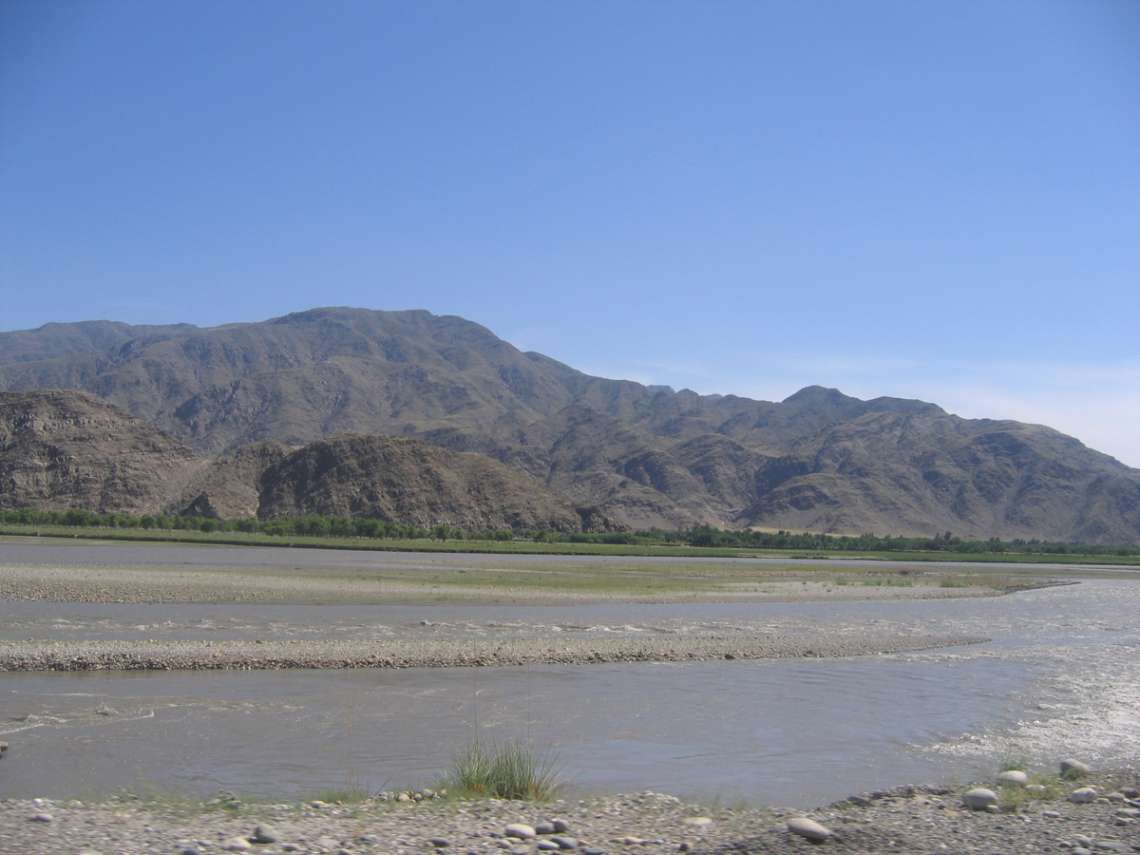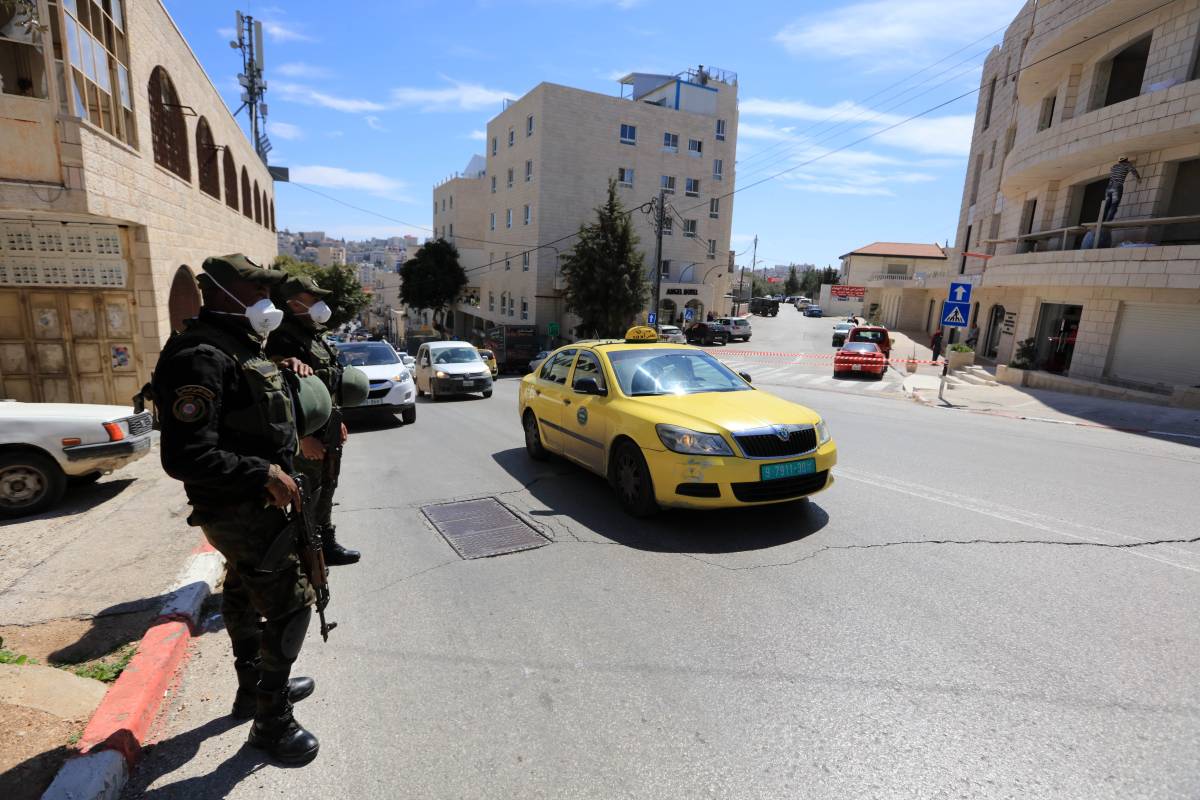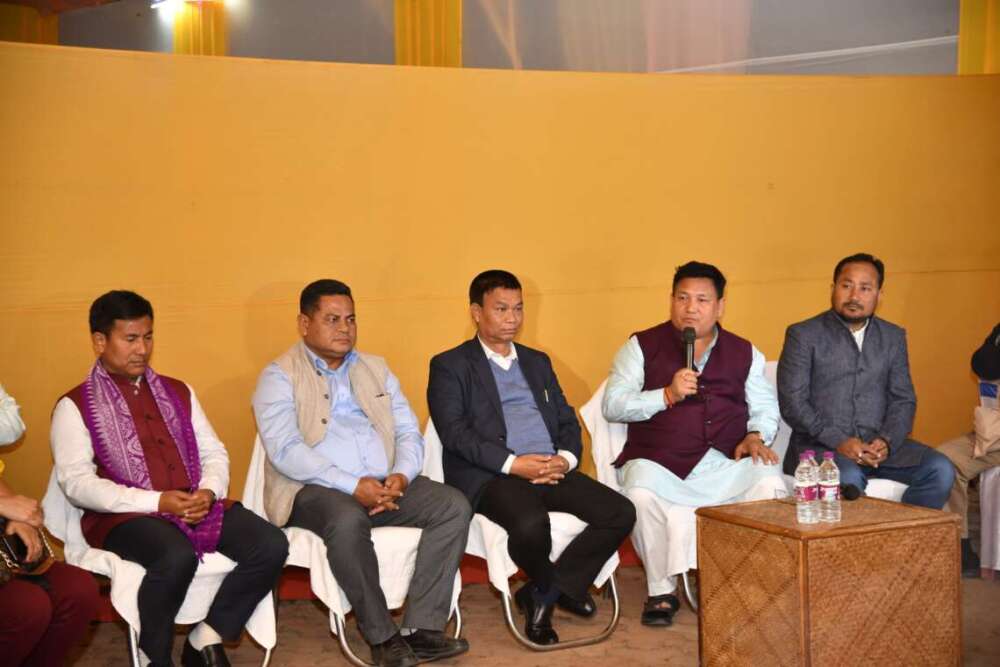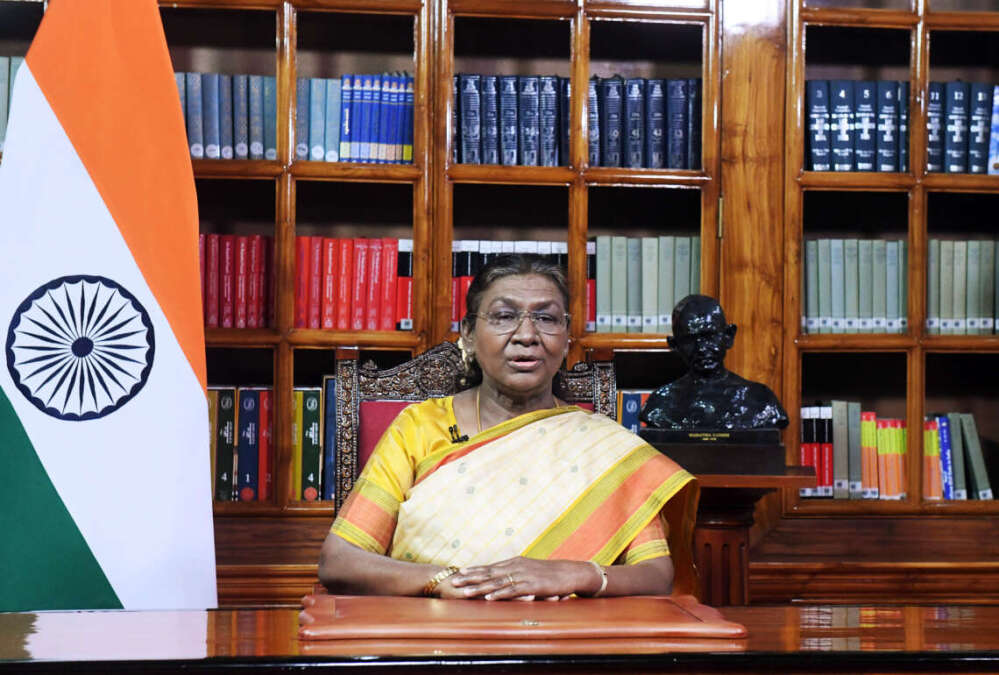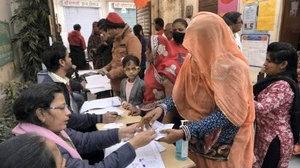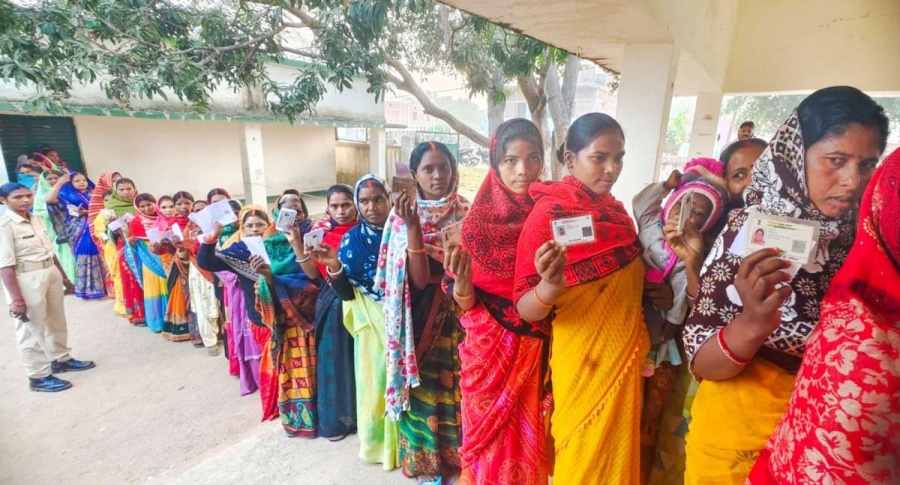BJP candidate Lallu Singh, the sitting MP, has conceded the race to Samajwadi Party candidate Awadhesh Prasad….reports Asian Lite News
In a result that will leave many shocked, the BJP has lost its seat in Uttar Pradesh’s Faizabad – the constituency in which the Ram Mandir has been built.
BJP candidate Lallu Singh, the sitting MP, has conceded the race to Samajwadi Party candidate Awadhesh Prasad.
Singh was quoted as saying, “Hum aapka samman nahi bacha paaye (we could not save your respect. There could have been some fault in me. You worked very hard and showed full dedication towards the party. My only request is that it may happen that if you go out in the area, opposition leaders and workers may comment on us. But will have to show tolerance and avoid any unwarranted things. You win some, you lose some in a battlefield,” Singh added.
“I will introspect about myself. There could have been a reason that we lost this election. Despite Modi-Yogi leadership, this has happened, so there must be some major flaw in me. Go to your home now. Do not lose your heart.”
Singh was previously elected to Parliament in 2019 and 2014 when the BJP-led NDA netted 71 and 62 seats in Uttar Pradesh.
Prasad, meanwhile, told the media, “I will get those people rehabilitated, whose houses or shops were demolished by the BJP government. I will work to keep Lord Ram’s dignity intact.”
The BJP looks set for heavy losses in the bellwether northern state of Uttar Pradesh.
The Opposition Samajwadi Party has won 23 seats and is leading in 14 seats, while the Congress has won four seats and is leading in two.
The BJP, meanwhile, has won 22 seats and is leading in 11 seats.
The Ram temple, inaugurated in January by Prime Minister Narendra Modi, was seen as an event that would cement his legacy and the party’s poll victory.
The opening temple, on a site previously contested by Muslims, fulfilled a three-decades old BJP promise which it mentioned in almost every campaign rally during the massive two-months long vote.
Dheeraj Mishra, writing for Indian Express, noted that chants like “500 varshon baad Ram Lalla apne ghar me aaye hain” and “Jo Raam ko laaye hain hum unko laayenge” were frequently used at the BJP’s rallies.
The Ram temple in Ayodhya has been the fulcrum of BJP’s politics in the 1990s – which catapulted it to the national level.
Several reasons can be offered for the BJP’s underwhelming performance in Uttar Pradesh.
These include the performance of “UP ke ladke” Rahul Gandhi and Akhilesh Yadav, the Opposition claiming that Modi would remove Yogi Adityanath as chief minister and a spike in prices of food, petrol LPG, is to be factored in too.

“The SP-Congress coalition has also gained it votes from the Dalits and minorities, and this went against the BJP,” the piece noted.
Prasad, the Samajwadi candidate, is a Dalit.
“The way BSP’s core voters got scattered, it is very clear that Dalits this time voted for the INDI alliance,” political analyst Preetam Srivastava told Moneycontrol.
An analysis believes that the public in UP may have voted along the lines of caste. It argued that the ‘400 paar’ slogan also may have hurt the BJP as it raised concerns about possible constitutional amendments.
“The 2024 elections in UP have underscored the enduring importance of caste dynamics over religious sentiment in electoral politics. The BJP’s loss, despite the Ram Temple consecration, suggests that voters prioritised local issues and caste affiliations over broader religious narratives,” the piece concluded.
The Samajwadi Party’s move to field a Dalit candidate in a non-reserved seat proved successful, Prashant Trivedi, associate professor at the Giri Institute of Development Studies, told Hindustan Times.
Modi during campaigning in Barabanki and Hamirpur on 17 May had claimed that the Congress and the Samajwadi Party would run a bulldozer over the Ram temple if elected to power.
He asked them to take lessons from Chief Minister Yogi Adityanath on where bulldozers should be used instead.
‘Mandir alone cannot work’
The outcome has drawn the focus of analysts to the issues of unemployment and high inflation – two key concerns of voters that surveys showed trumped religion.
“The result has also inherent message that the ‘Mandir alone’ cannot work when there is a joblessness, paper leaks, rising inflation and local issues are not being addressed properly,” Mishra wrote in Indian Express.
“The decline in the seats of the BJP is linked to three states, which are Uttar Pradesh, Maharashtra and Rajasthan. In UP particularly the construction and inauguration of the Ram temple did not become a big issue. The social coalition made by Samajwadi Party and Congress seems to have made the difference as it was formidable,” Lokniti national coordinator Sandeep Shastri told Reuters.
Political analyst Surendra Kumar Diwedi told Reuters, “Developmental issues especially, which are related to youths like rampant leaks of the competitive examination (services) and unemployment, had made an impact on the youths who were the largest chunk of voters.”
“We are very happy with the temple but people were fed up with the BJP,” said Rakesh Yadav.
Yadav is the chairperson of the Ayodhya Vyapar Mandal, a traders body.
He said there was anger among small business owners for getting lower than expected compensation when their shops were demolished during Ayodhya’s redevelopment ahead of the temple inauguration.
“People will not always fall for the caste or temple-mosque politics. They also want to see development which is why the results may surprise us all,” he added.
On 22 January, an idol of the new Ram Lalla was consecrated at the Ayodhya temple, in a landmark event led by the prime minister who also gave a clarion call to go beyond the grand mandir’s construction to build the foundation of a “strong, capable and divine” India of the next 1,000 years.
The Ram temple was constructed on orders of the Supreme Court after a bloody, decades-long dispute that in 1992 saw a Hindu crowd demolish a 16th Century mosque that existed on the site, claiming it was built on the birthplace of Lord Ram.
ALSO READ: World media covers India’s election results



